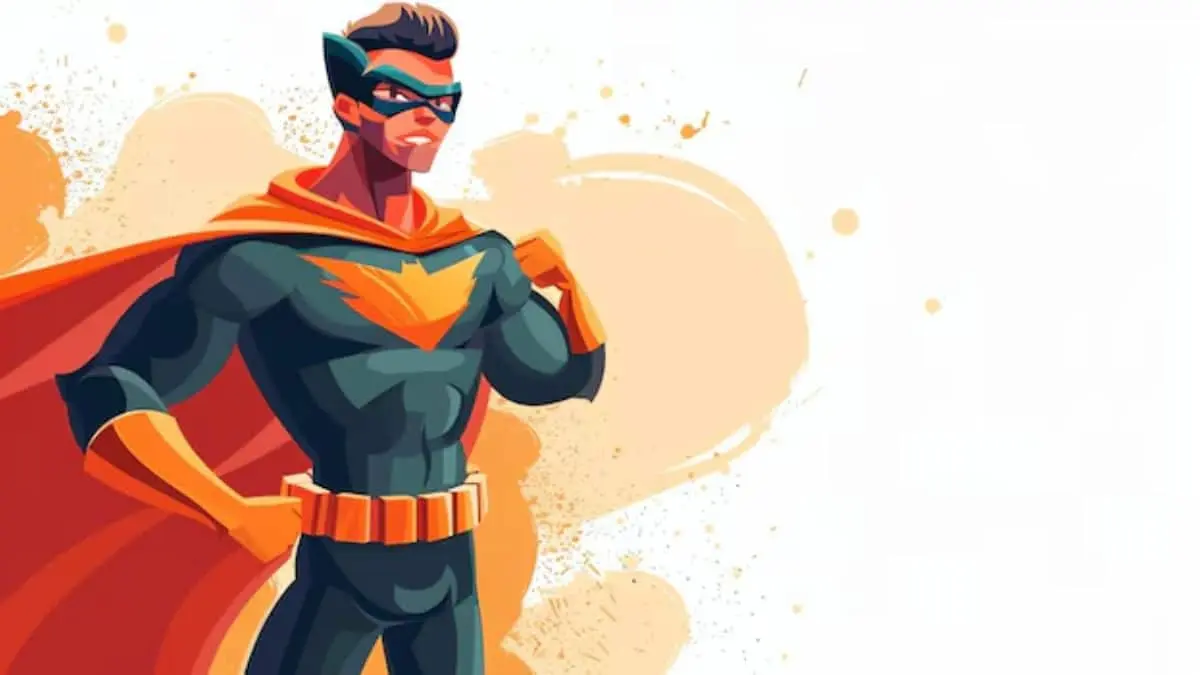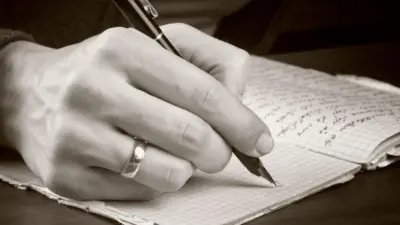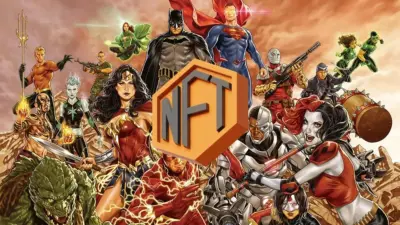Why do superheroes Dress Up in capes and masks? It’s a question many fans have asked, and the answer goes far beyond style. These costume elements serve multiple purposes—practical, psychological, and symbolic. Whether it’s a mask to conceal their identity or a cape to strike awe into onlookers, these features are rooted in storytelling traditions that stretch back centuries. Join us as we dive into the fascinating world of superhero attire.
A Nod to Their Origins
Superheroes as we know them first emerged in the early 20th century, with characters like Superman and Batman setting the stage. These larger-than-life figures were inspired by pulp heroes, circus performers, and even mythological gods, many of whom wore dramatic costumes.
- Theatrical Roots: Capes and masks evoke a sense of drama. Just think of stage performers or magicians who use such garments to captivate their audience. Superheroes, similarly, need to command attention, whether they’re leaping off rooftops or swooping in to save the day.
- Historical Influences: Mythological figures like Hermes with his winged sandals or Zorro with his signature mask and cape served as precursors. Their appearances not only signified their unique identities but also reinforced their roles as extraordinary beings.
The Practical Side of Capes and Masks
While capes and masks might seem flashy, they actually serve some practical purposes in the superhero’s line of work—at least in the fictional worlds they inhabit.
Capes: More Than Just a Fashion Statement
Capes often get a bad rap for being cumbersome (thanks, Edna Mode in The Incredibles), but they’re not entirely useless.
- Glide and Shield: For characters like Batman, capes are designed with technology that allows them to glide through the air, making them a useful tool for mobility. Others, like Superman, use capes as shields or emblems of their heritage.
- Illusion and Distraction: A flowing cape can obscure movements during a fight, confusing enemies. It also makes the hero appear larger and more intimidating, an age-old trick borrowed from animals in nature.
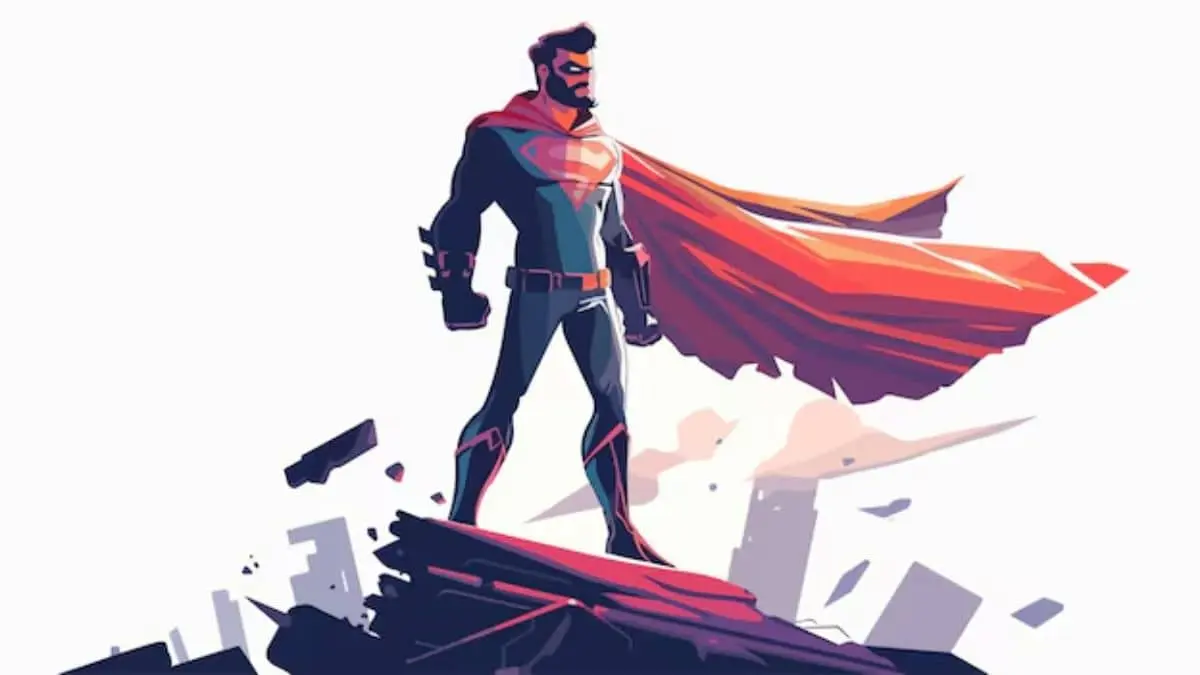
Masks: The Identity Protectors
Masks are arguably even more essential than capes, serving as a superhero’s first line of defense against recognition.
- Maintaining a Double Life: For heroes like Spider-Man or the Flash, anonymity is crucial to protecting their loved ones from villains seeking revenge. Masks ensure their real identities remain a secret.
- Psychological Effect: Masks can strike fear into the hearts of enemies. Just think of Batman’s cowl, designed to evoke a terrifying image of a bat. Masks also act as symbols of transformation, allowing ordinary people to step into extraordinary roles.
The Symbolism Behind the Look
Beyond practicality, capes and masks carry significant symbolic weight in superhero stories.
Capes: Symbols of Power and Nobility
Capes have long been associated with royalty and heroism. Kings, knights, and even military leaders wore cloaks as marks of their authority. For superheroes, a cape is a modern adaptation of this idea—a visual shorthand for their elevated status.
- Legacy and Tradition: Superman’s red cape is an integral part of his Kryptonian heritage, symbolizing hope and the burden of responsibility.
- Drama and Spectacle: A cape billowing in the wind amplifies the hero’s presence, making them look almost otherworldly. It’s not just a costume; it’s a stage prop designed to evoke awe.
Masks: Icons of Mystery and Transformation
Masks have always been tied to themes of concealment and revelation. In superhero stories, they represent the dichotomy between the person and the persona.
- Duality: Superheroes often grapple with their dual identities. The mask lets them embrace their heroic side while shielding their vulnerable human selves.
- Universal Appeal: Masks make heroes more relatable. Anyone could be under that mask, which helps audiences project themselves onto their favorite characters.
Cultural and Psychological Impact
The capes-and-masks combo isn’t just for the characters themselves; it’s for us, the audience. There’s a reason these design choices have endured for generations.
- Escapism: Seeing a masked vigilante take on the world lets us imagine we could do the same. It’s the ultimate form of wish fulfillment.
- Iconography: A superhero’s costume becomes their brand. Think of how recognizable Batman’s silhouette is, with the iconic pointed ears and flowing cape. These elements create an instant connection with fans.
- Empowerment: Masks, in particular, hold immense psychological power. They allow the wearer to hide insecurities and project confidence, a theme that resonates deeply with audiences.
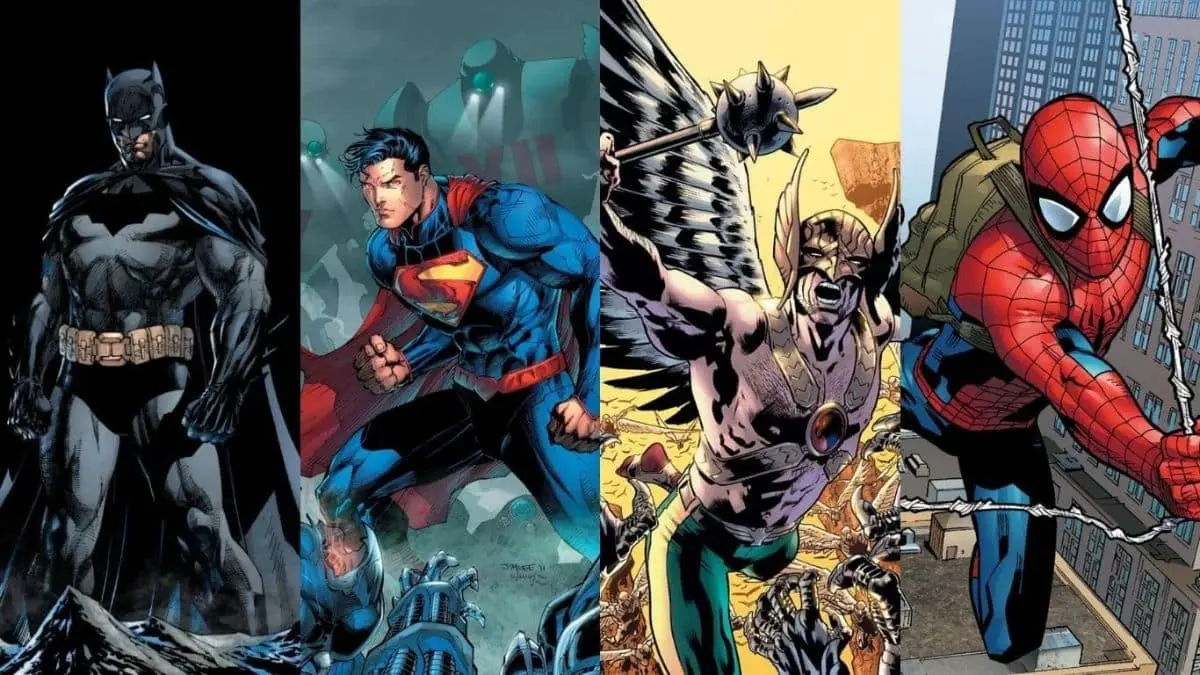
Modern Takes on the Cape and Mask
Not every modern superhero adheres to the traditional cape-and-mask formula, but those who do often reimagine it for contemporary audiences.
- Streamlined Designs: Characters like Iron Man and Black Panther incorporate advanced technology into their suits, making their costumes integral to their powers.
- Cultural Representation: Heroes like Miles Morales and Kamala Khan use their costumes to celebrate their cultural identities, adding layers of personal significance.
Even without capes and masks, the essence of these symbols—power, mystery, and transformation—remains central to what makes a superhero.
Also Read: NFT Comics Explained: How Blockchain is Revolutionizing the Comic Book Industry
